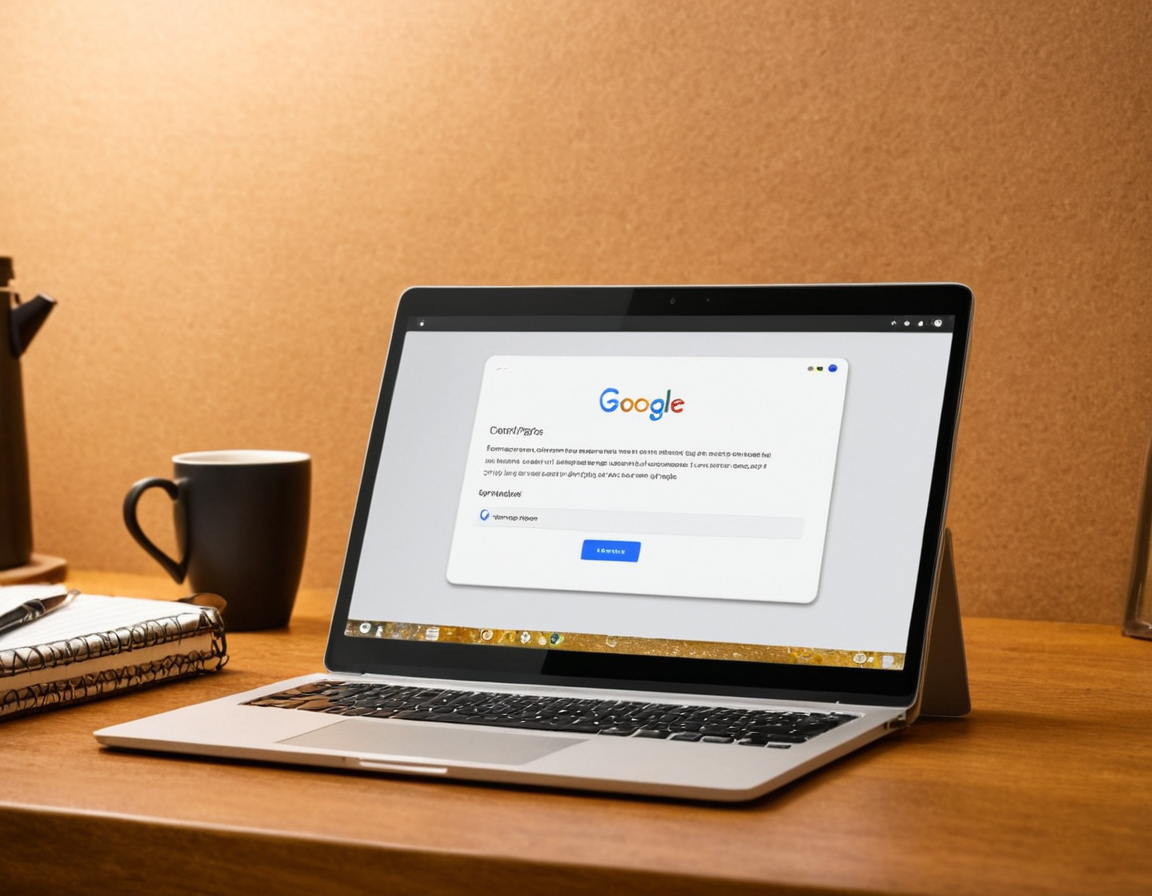Expert Tips on Google Photos Tagging

Optimizing Your Google Photos Library for Enhanced Discovery
As the amount of personal and professional photos we take continues to grow, managing and organizing our digital libraries becomes increasingly important. Google Photos, with its vast capabilities and features, can be a powerful tool in this regard. However, without proper organization and tagging, finding specific content can become a daunting task. In this article, we will delve into expert tips on how to optimize your Google Photos library for optimal discovery.
Introduction
The Importance of Organization
In today’s digital age, where information and data are at an all-time high, the ability to quickly find what you need is crucial. This is particularly true when it comes to personal and professional photos. A cluttered and disorganized library can lead to hours of wasted time searching for a specific image or video, which can be frustrating and demotivating.
On the other hand, having a well-organized and tagged Google Photos library can save you countless hours of time and effort in the long run. This is where expert tips come into play.
Understanding Google Photos Library Structure
Before we dive into the optimization process, it’s essential to understand how the Google Photos library works. The library is organized into albums, which are then further categorized into collections. However, this structure can be limiting, especially for those who have a vast number of photos and videos.
Section 1: Setting Up Your Google Photos Library
Setting up your Google Photos library from scratch can seem daunting, but it’s a crucial step in optimizing your content for discovery. Here are some steps to follow:
- Create a new album: This will serve as the foundation of your organized library.
- Set up folders and subfolders: Organize your content into logical folders and subfolders. This will help you maintain a clear structure and make it easier to find specific content.
- Use descriptive names: Use clear and concise names for your albums, folders, and subfolders. Avoid using generic names that don’t provide any context.
Section 2: Tagging Your Photos
Tagging is an essential aspect of optimizing your Google Photos library. Tags allow you to associate keywords with specific content, making it easier to find what you need. Here are some expert tips on how to use tags effectively:
- Use relevant keywords: Use keywords that accurately describe the content of your photos and videos.
- Avoid over-tagging: Avoid using too many tags for a single photo or video. This can lead to clutter and make it harder to find what you need.
- Use specific categories: Create specific categories for different types of content, such as events, people, or places.
Section 3: Advanced Optimization Techniques
Once you have set up your library and started tagging your content, there are advanced techniques you can use to further optimize your photos for discovery. Here are some expert tips:
- Use Google’s built-in features: Take advantage of Google’s built-in features, such as the search bar and filters, to quickly find what you need.
- Utilize third-party apps: Consider using third-party apps that can help you automate tasks or provide additional features.
Conclusion
Optimizing your Google Photos library is a crucial step in saving time and effort. By following expert tips on organization, tagging, and advanced optimization techniques, you can ensure that your content is easily discoverable. Remember to always keep your library organized, use clear and concise names, and avoid over-tagging or using generic names.
What’s the most challenging part of optimizing your Google Photos library for you? Share your thoughts in the comments below!
About Michael Brown
I help power gophotos.com by crafting engaging content around AI-driven image tools, photography techniques, and smart editing strategies. With a background in digital media, I bring a creative eye to the intersection of tech and visual storytelling.
